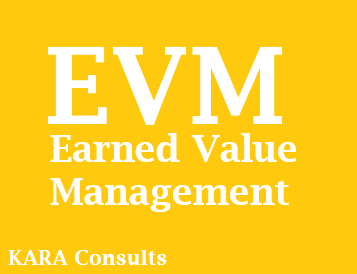Tug of war in construction industry
- Admin

- May 25, 2022
- 2 min read
Have you noticed that when you join large Construction companies with experienced individuals and approximately large project team size you often observe more mistakes within the project than what you have been expecting?
This was a question in my head for years and I think I have the answer now.
Of course there might be different reasons and scenarios behind such problems however if I want to generalize the core problem.
The answer has nothing to do with how the firm is managing to process the works, communication protocols or to some extend how well the company is organized.
I start it with an example: Imagine a tug of war game.
in the Tug of war game you will use 100% of your effort and energy if you are the only one on one side of the rope, if you have someone beside then the game changes totally. Once you are two then you probably rely on him/her a little bit and thus you will use 85% of what you can actually do. Now if another 5 people added to your side or team then you rely further and your effort might drop to 50%!

This is about psychologically.
It is not about;
how well the firm has set up the work process
how well the documentation works
how experienced is each individual within the firm
In large Construction companies the problem starts when more people are involved in the same issue, then individuals feel more relief on the subject as they think someone else will likely take care of the issue and the details around it, hence the problem is not fully addressed (Particularly where some aspects of the problem falls in grey areas of various departments or within different teams responsibilities)
I believe minimizing or probably avoiding such issues goes back to the first step of any project at its initial stage which is "Team building". It is vital to keep the team as small as possible while efficient that know each others expectations, perceptions, communications and understanding of objects, challenges and issues.
.jpg)


Comments